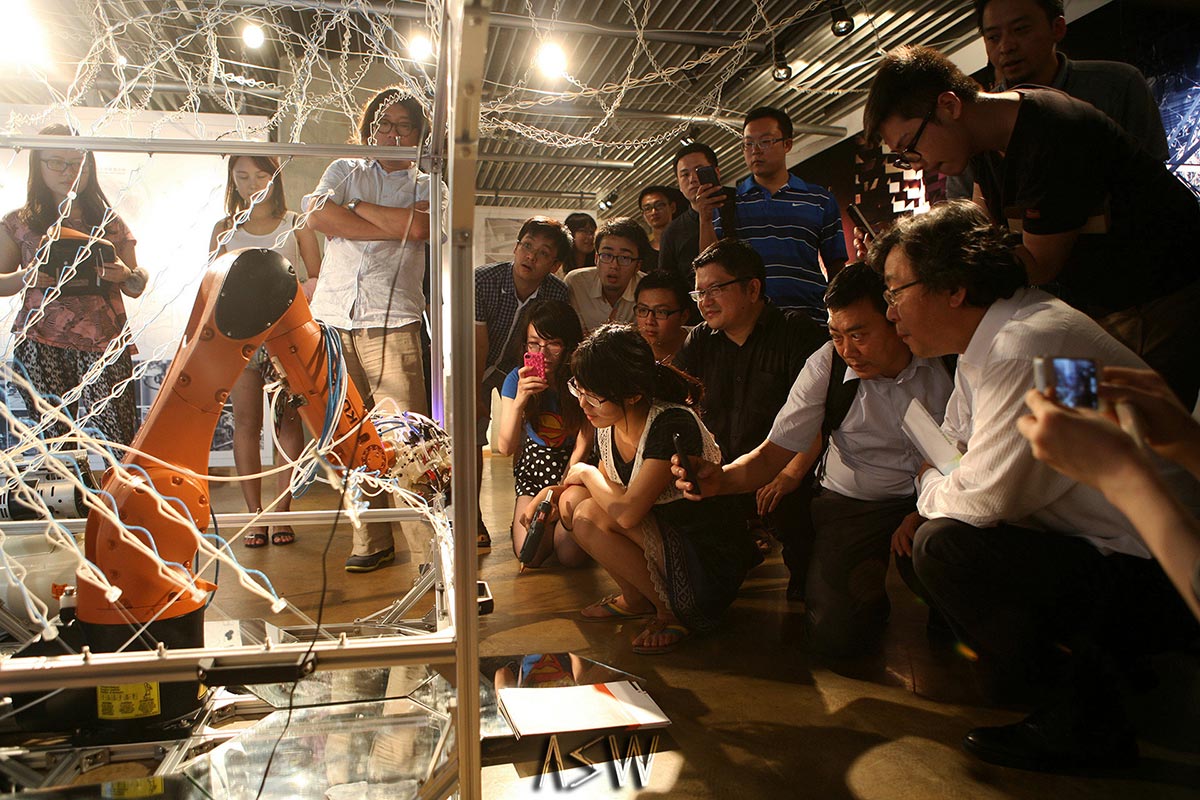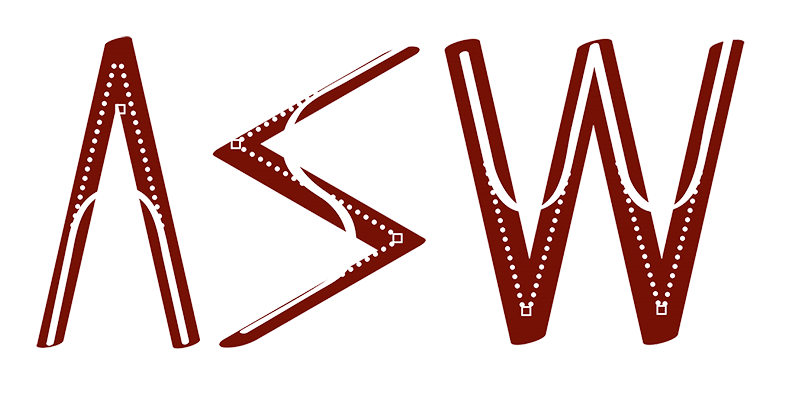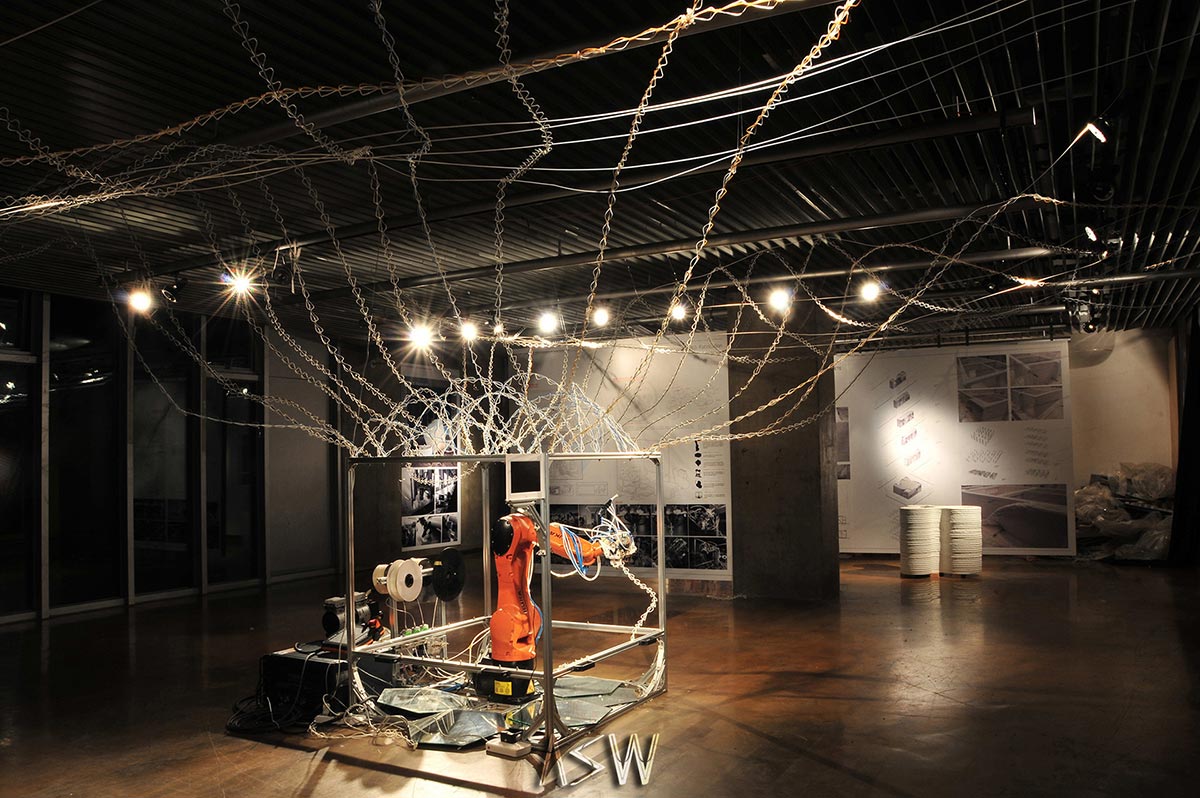
The 3D printing station of industrial robot
Introduction
Inspired by the micro-structure of spider thread, Robot Spider was created in a workshop at Tongji University in 2014. At the beginning, our team looked forward to making a robotic 3D printing system that can produce a cobweb to cover itself, like silkworm or spider. Unfortunately, to cover across the robot station, the synthetic single ‘thread’ produced by the FDM filament was not strong enough as the natural one which can reach an unbelievable large span. To find why spider thread has such outstanding structural performance, we investigated it at macroscope scale in which a kind of spindle knot drew our close attention. To test the function of the spindle knots, we made a series of load tests by hand-made models with different thread compositions and shapes. Then, we came up to a conclusion that this geometric character contributes primarily to increase the strength of the thread, which can be stretched much future and carry much load before it breaks or loses shape. Therefore, we tapped this result into the next stage: developing a robot end-effector which functions the same as spider’s spinneret that extrudes thread with spindle-knots, or bubble wireframe regularly popping out in certain distance.
Regarding the flexibility of industrial robot arm, which is also a biomimicry of human arm in terms of inversed kinematics, the end-effector design is the key to fulfill the goal of this workshop-a robot printed cobweb. For producing the same shape as the hand-made model, an innovative multi-nozzle extruder was made. There are in total four extruders whose nozzles always intend to be center aligned at one point. However, different from the center extruder that is fixed, the outer three are hinged at the back ends to allow their nozzles swinging from inside out and synchronized at the same beat. A fat gear, driven by a dedicated stepper motor, spins around the center extruder to push three hinged extruders outwards by counter-balancing the pressure from springs that are rooted in the back plate. When the fat gear releases its force, those extruders are pushed inwards by those springs to come together with the central nozzle. As the extrusion moves onwards, this gesture repeats as long as the stepper motor is empowered. The gear mechanism and the temperature control on extruders are subordinated to an Arduino system. When the robot end point is programmed to follow a specific path-for example a DNA helix, the dynamic extrusion is spatially featured by a series of designated spindle-knots during finalizing a self-supported lineal structure.
Whitin 4 weeks from design concept to physical production, this customized robot 3D spatial printing system successfully built itself a cobweb across the exhibit slot and delivered a live show during the opening ceremony of Digital Future 2014. Scientific papers on this research have been published in the proceedings of ACADIA 2016 and Rob|Arch 2016.
Specs
Location: School of Architecture and Urban Planning
Tongji University
Course: Workshop for Design and Robotic Fab
Material: ABS Filament
Robot: KUKA Agilus R900
Built: July 2014
Instructor: Dr. Yu Lei
Team: Shi Ji, Liu Xun, Luo Ruihua, Cui Yuqi
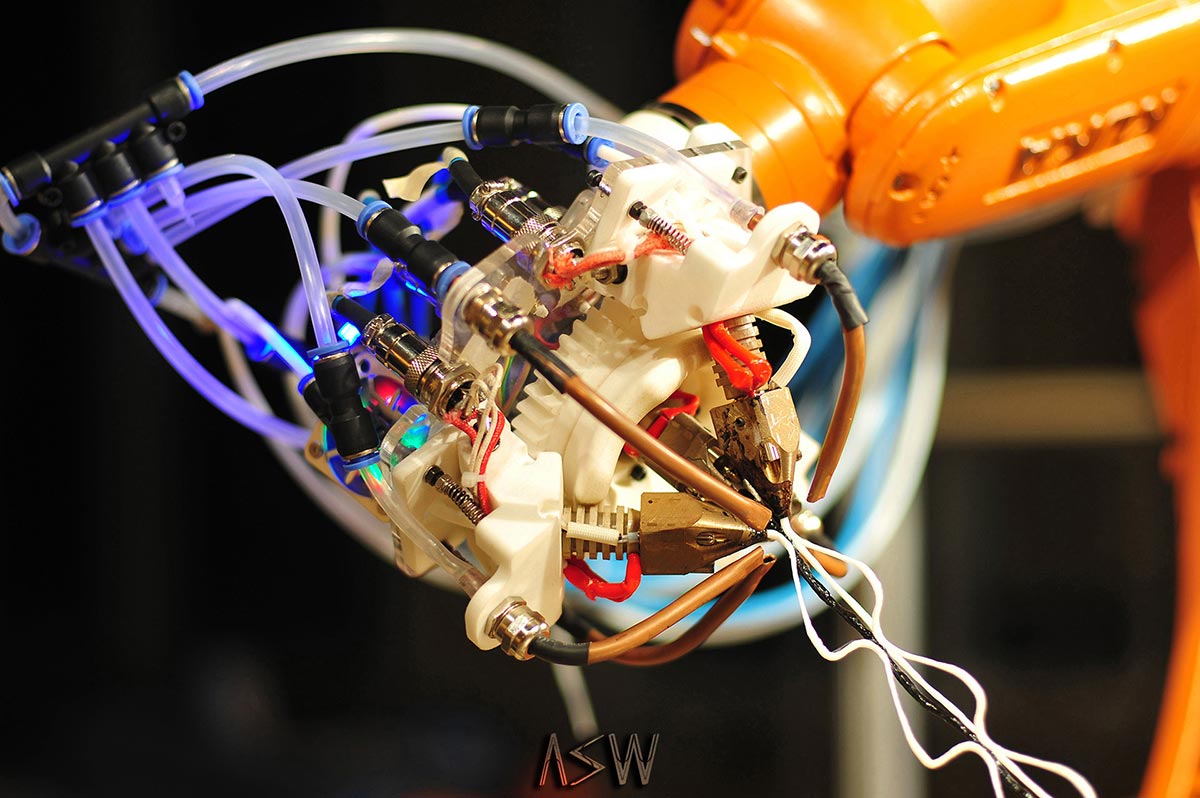
Robotic end-effector of 3D printing
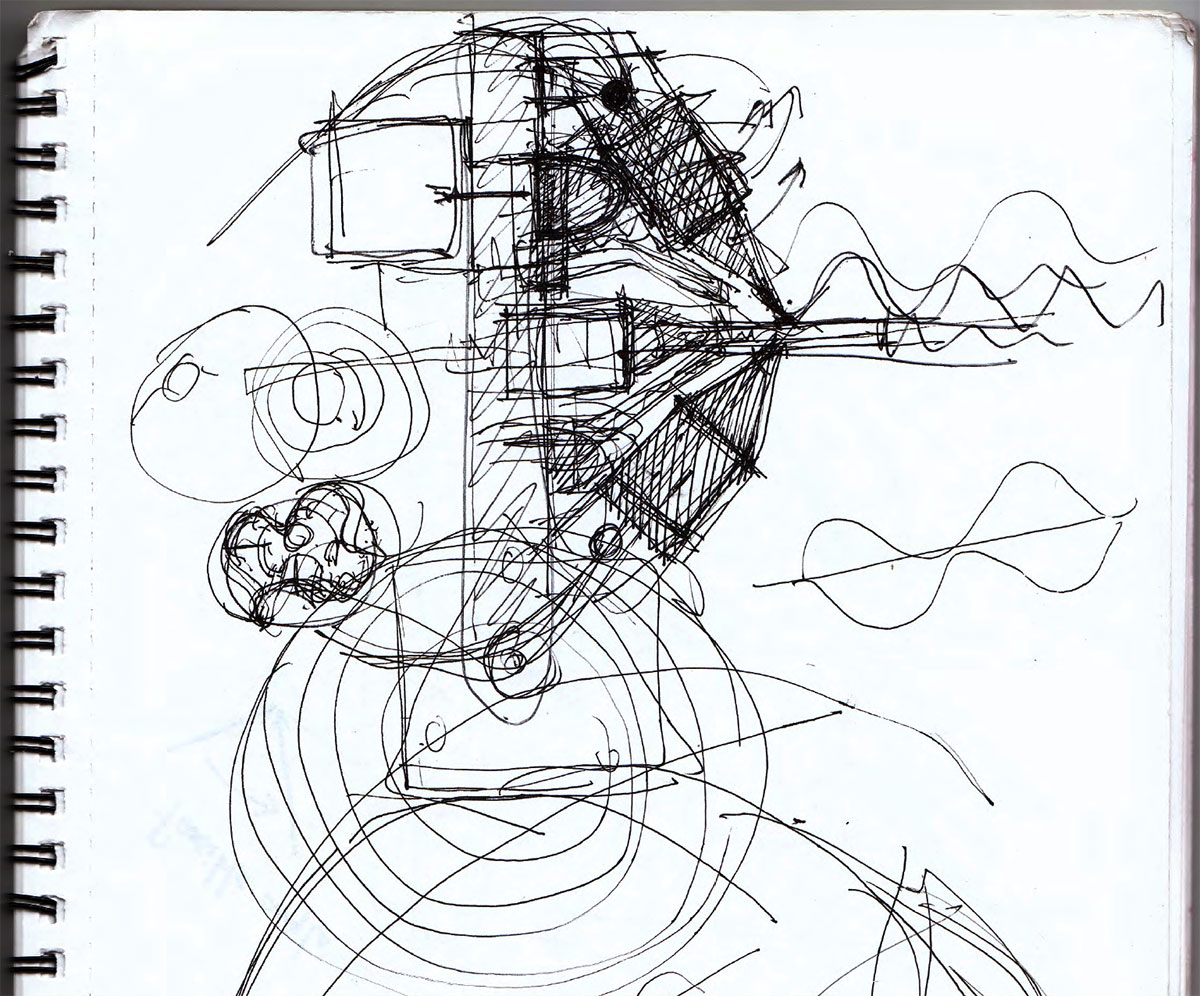
Sketch of the robot end-efftor design
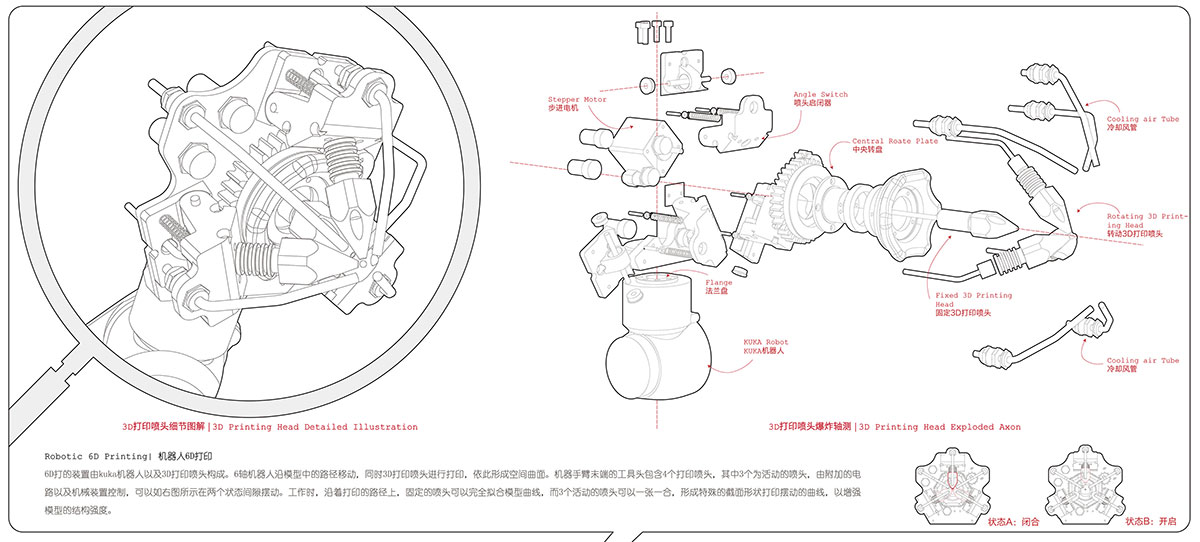
Explorsive of the robot end-effector
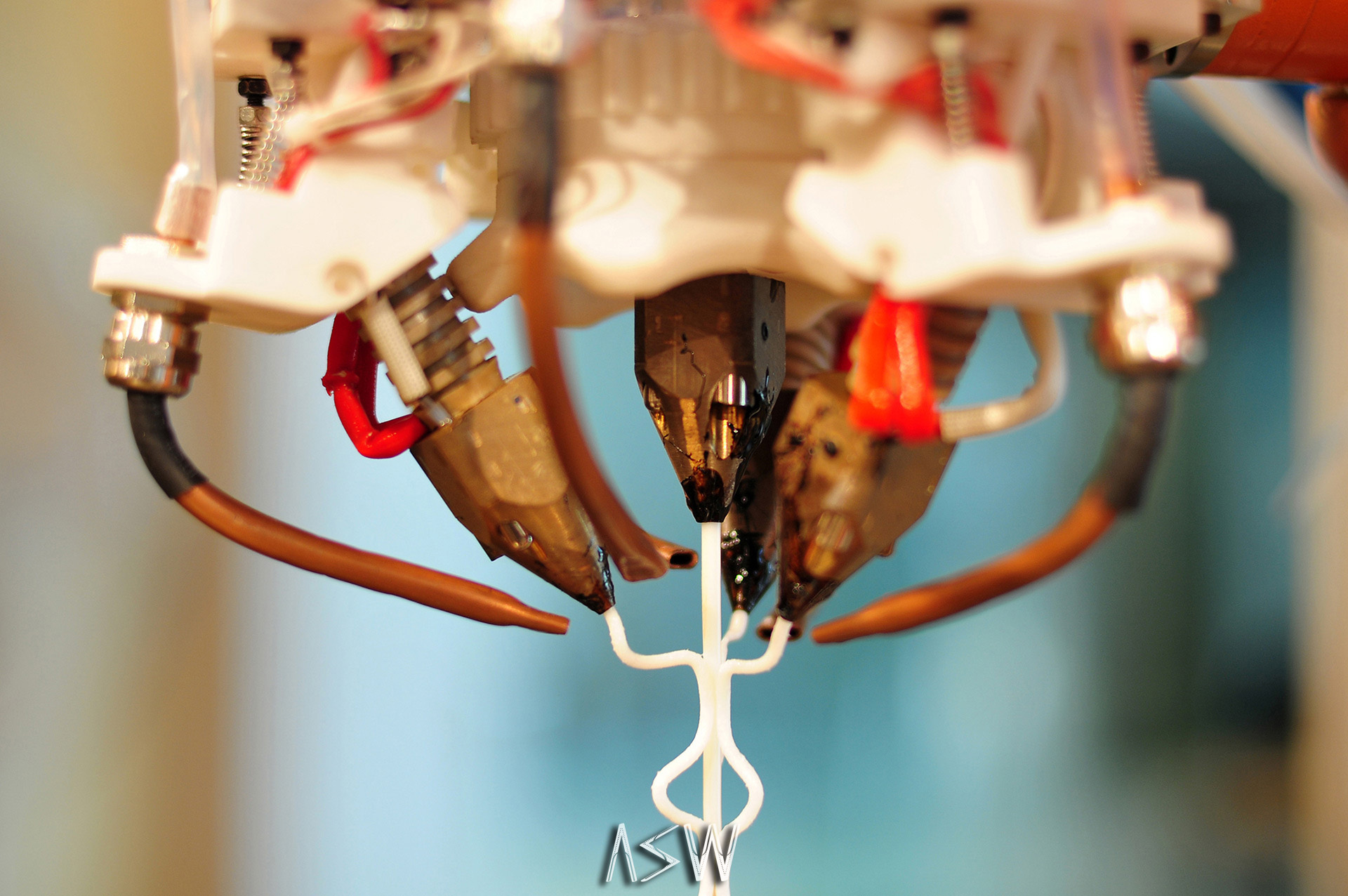
Side view of testing extrusion
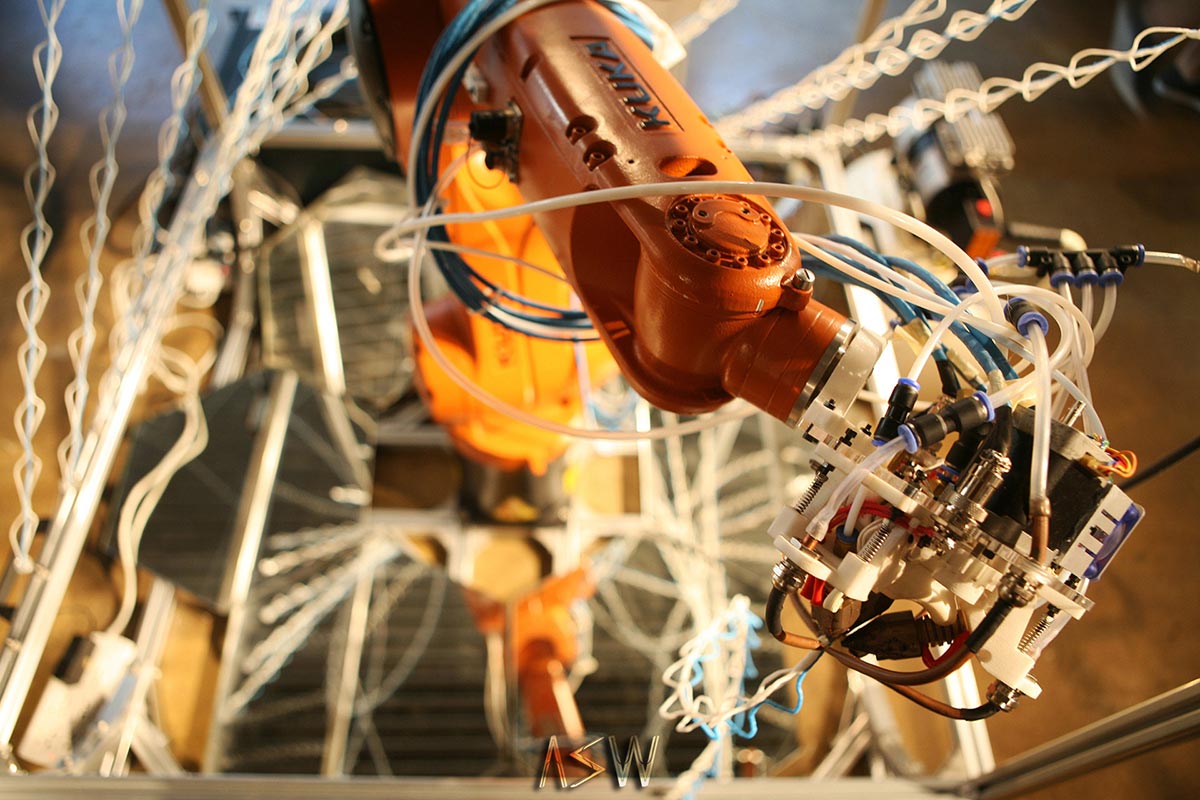
The system in printing mode
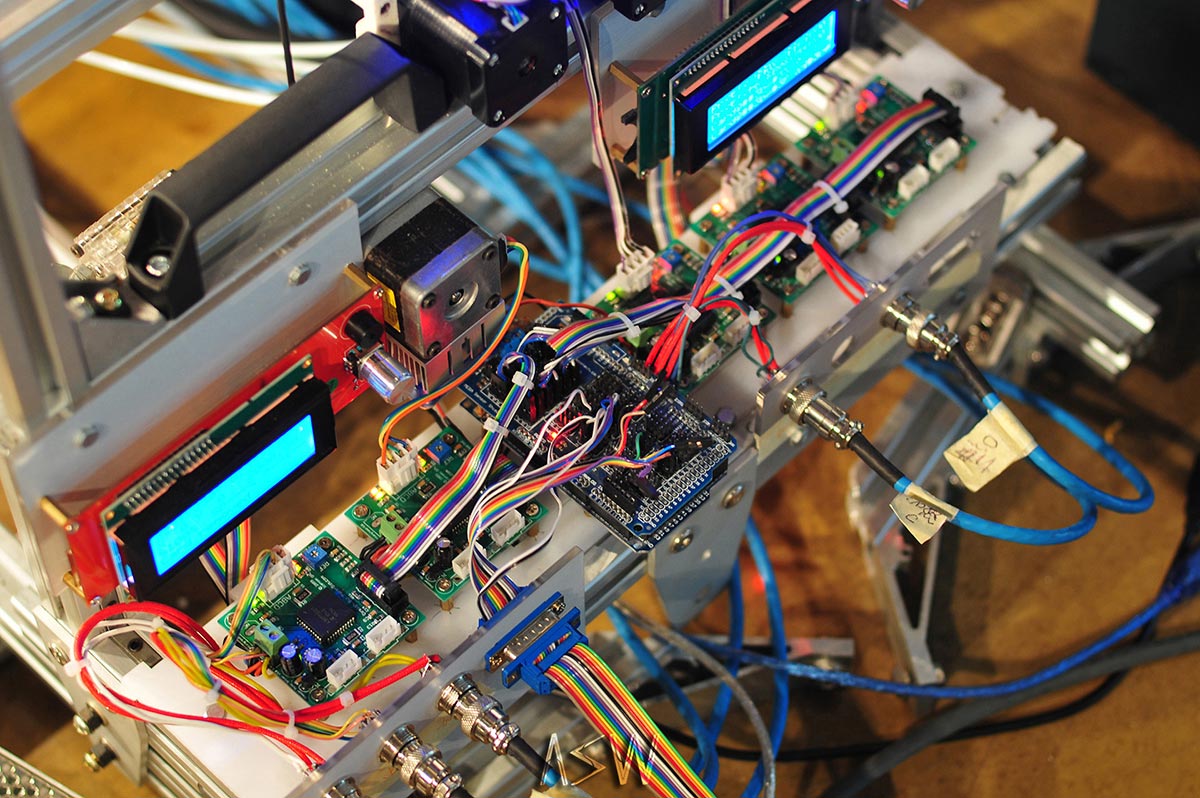
System controller by Arduino
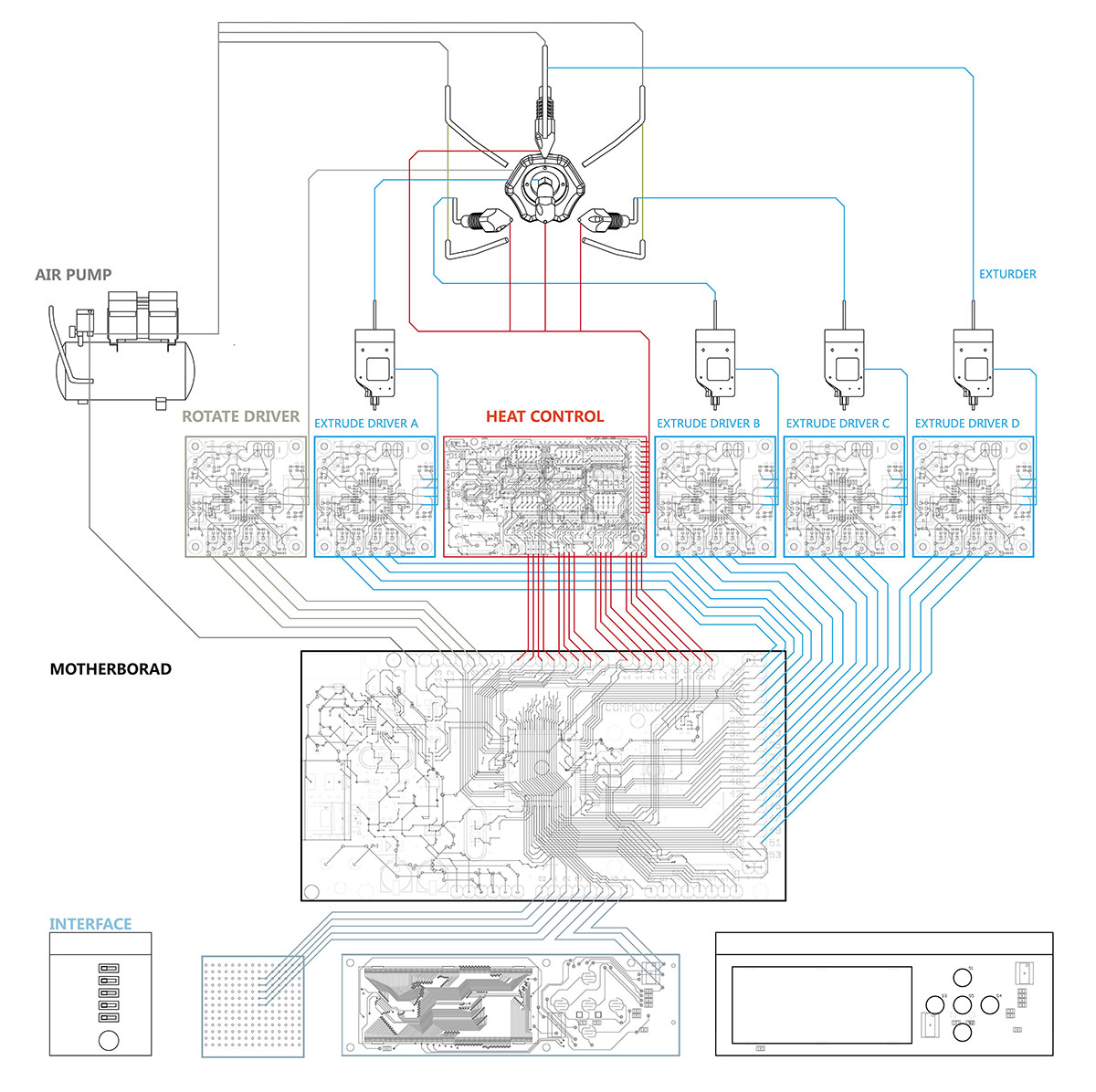
Wiring diagram for the Arduino controller
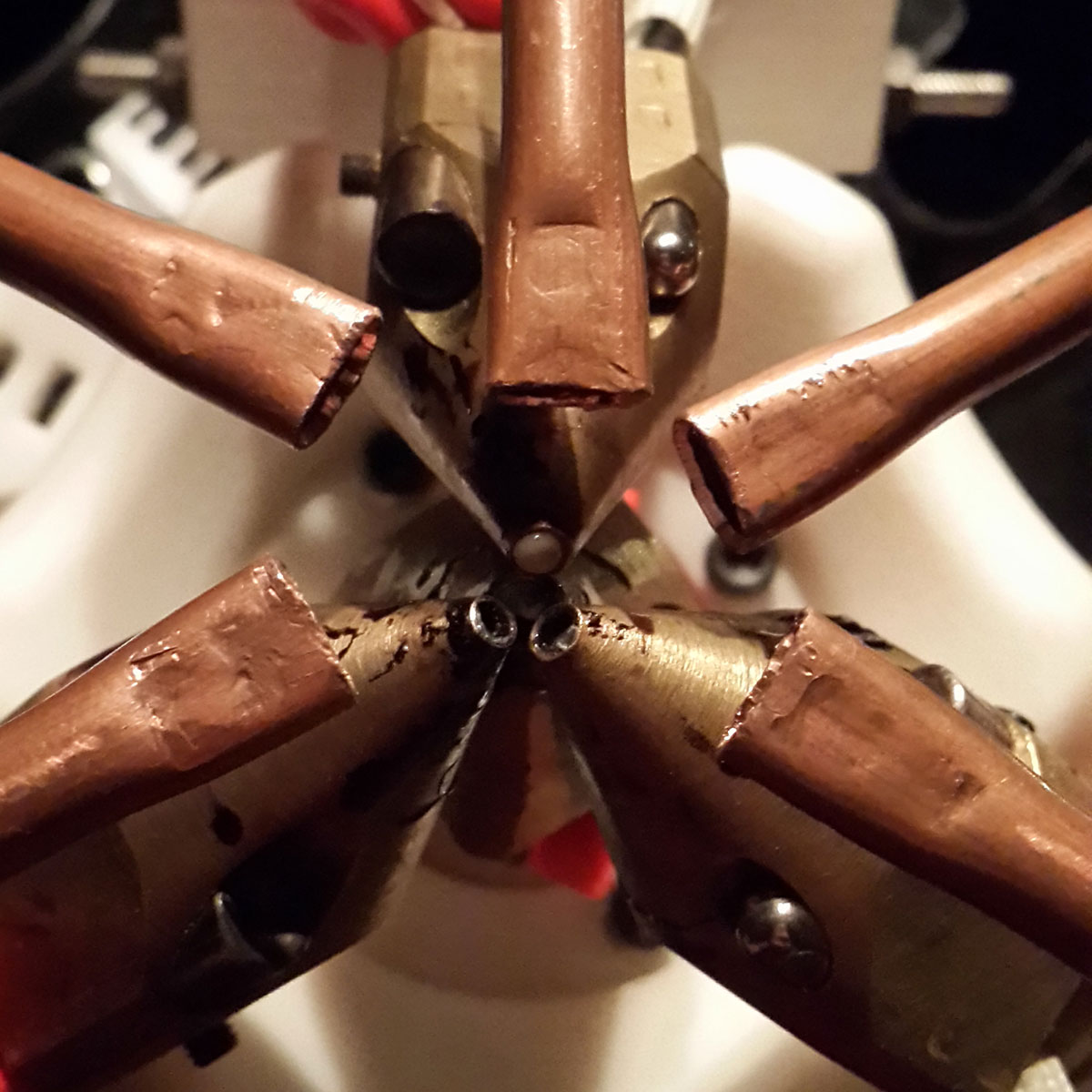
Center alignment of 4 nozzles
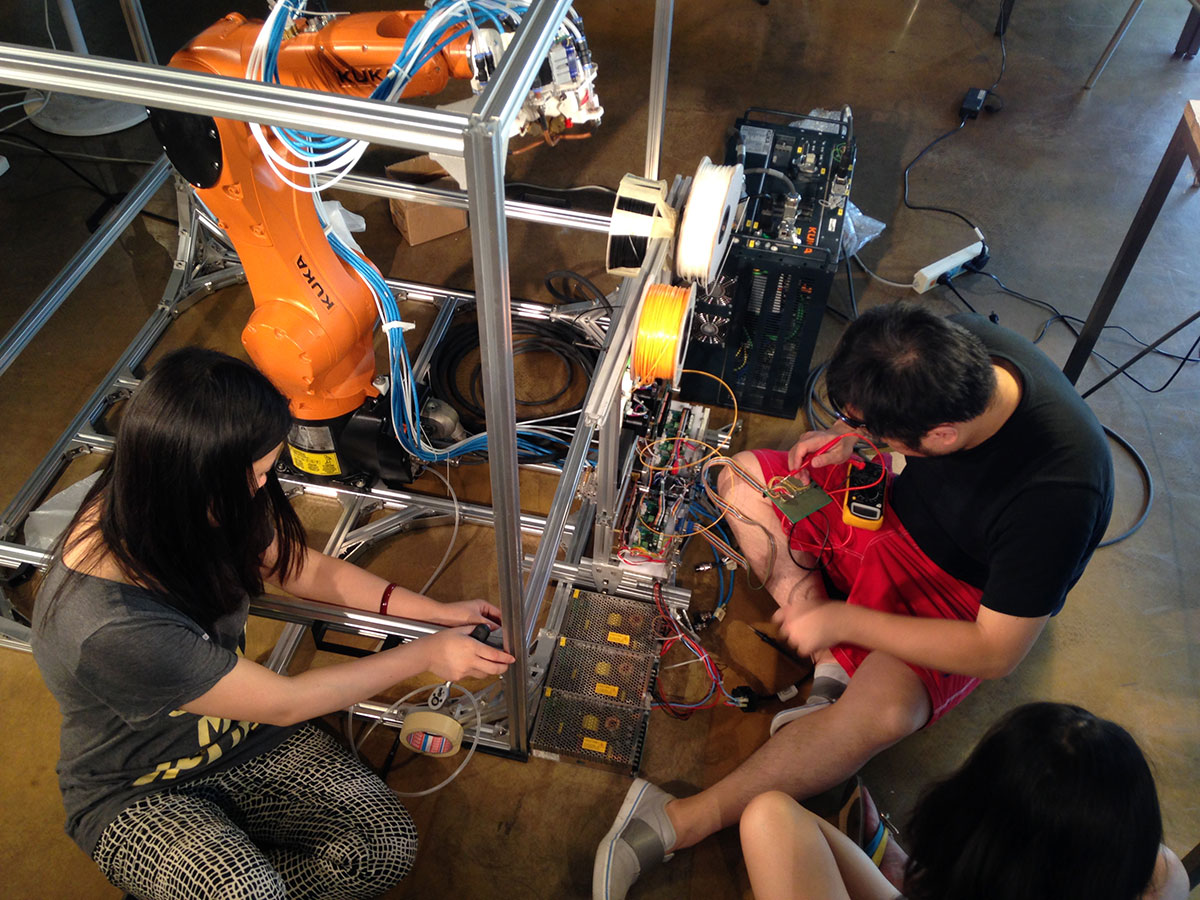
Tuning the Arduino control system by team
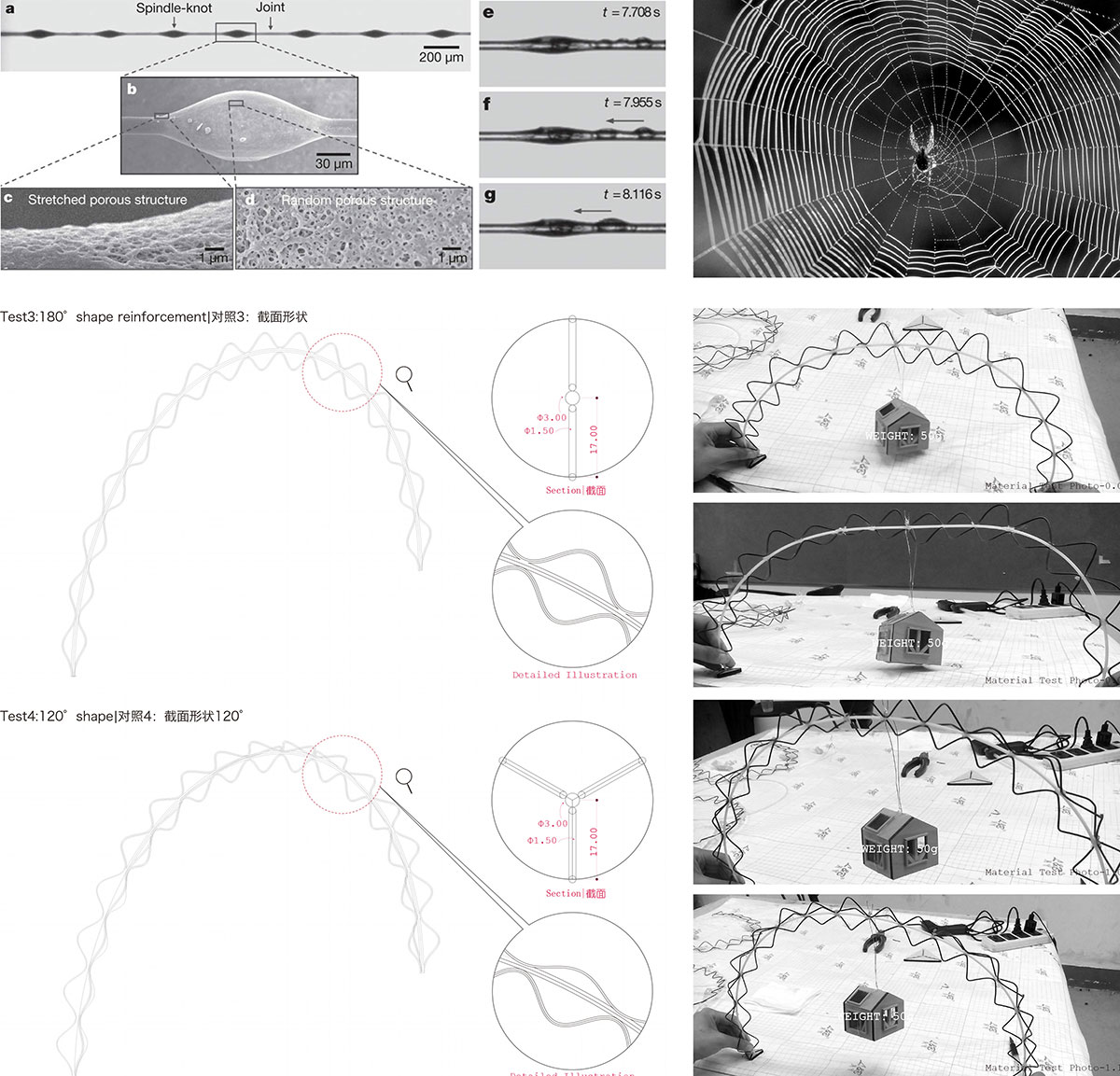
Structural tests by the mockup of hand-made model
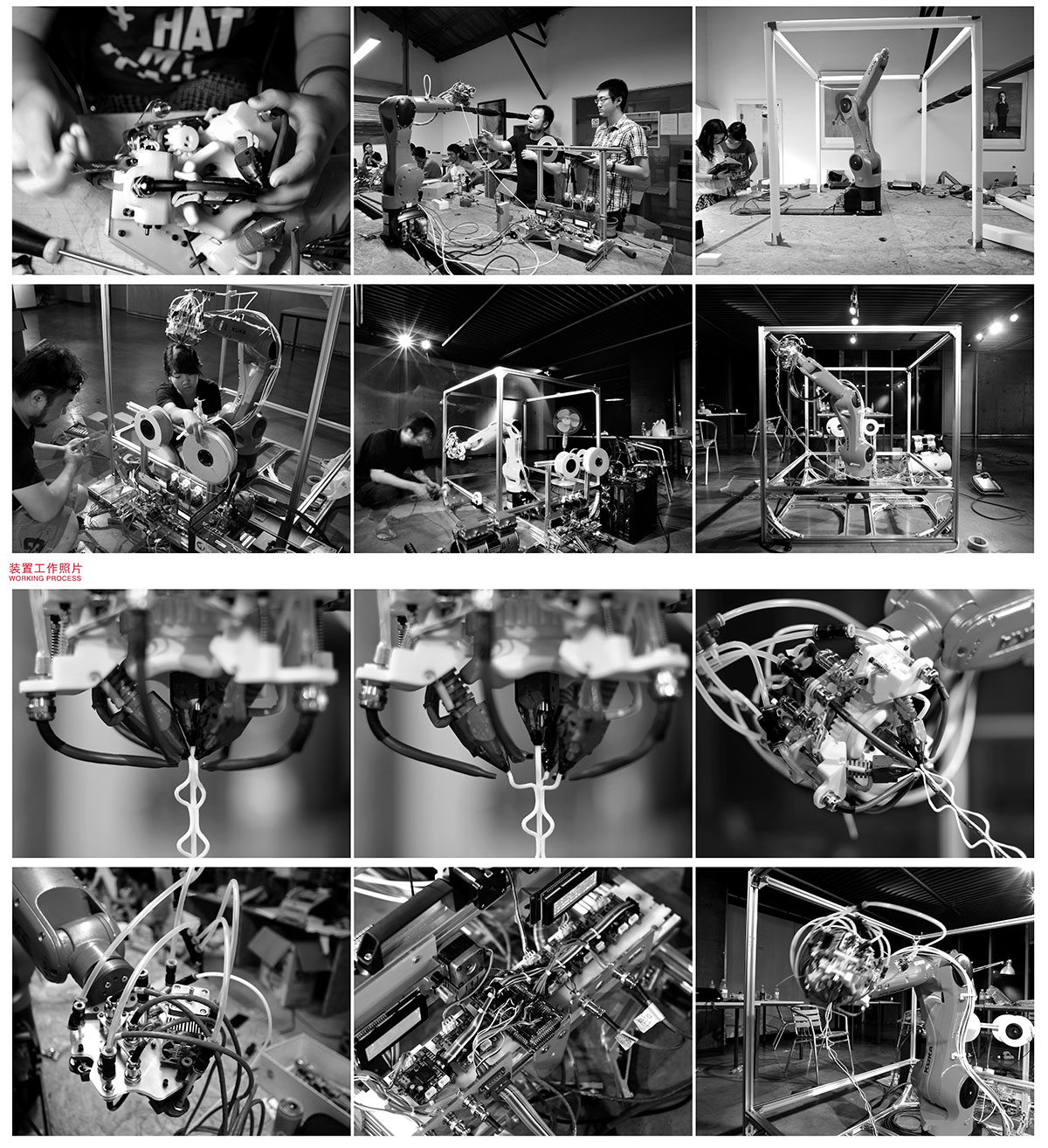
System installation process
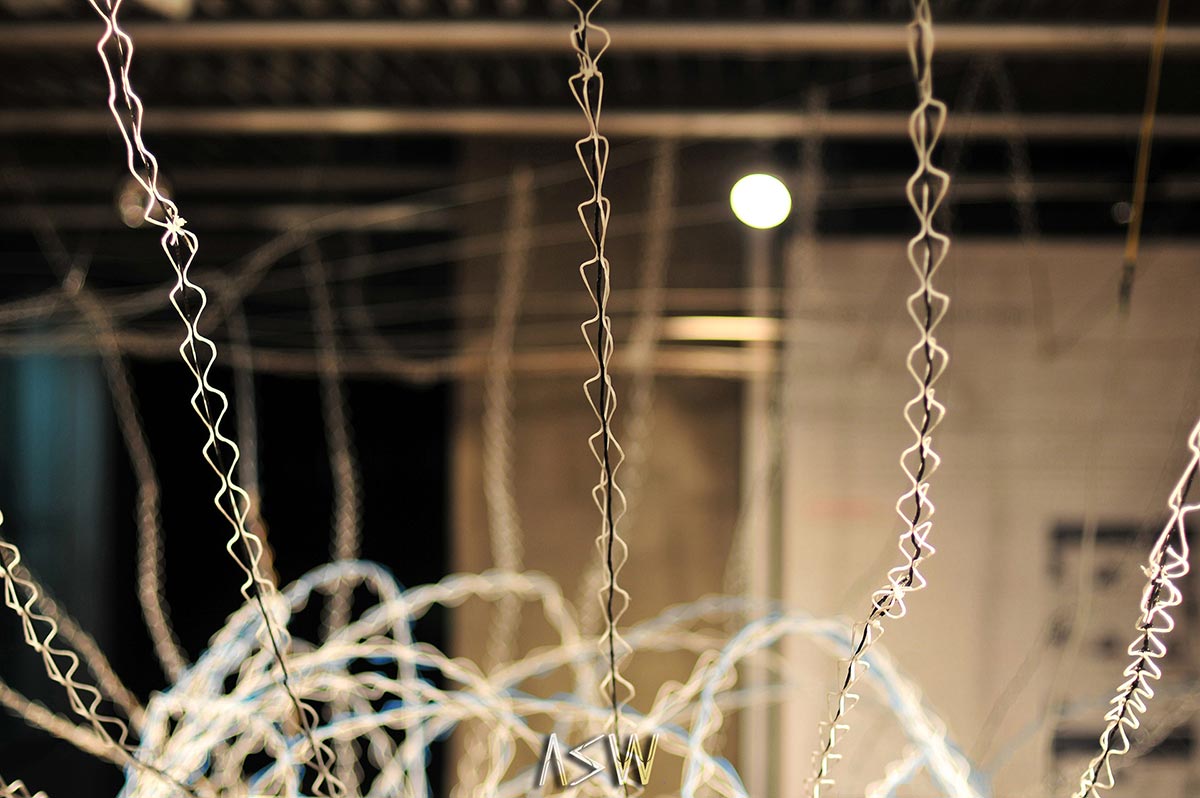
Detail of the 3D printed "silk"
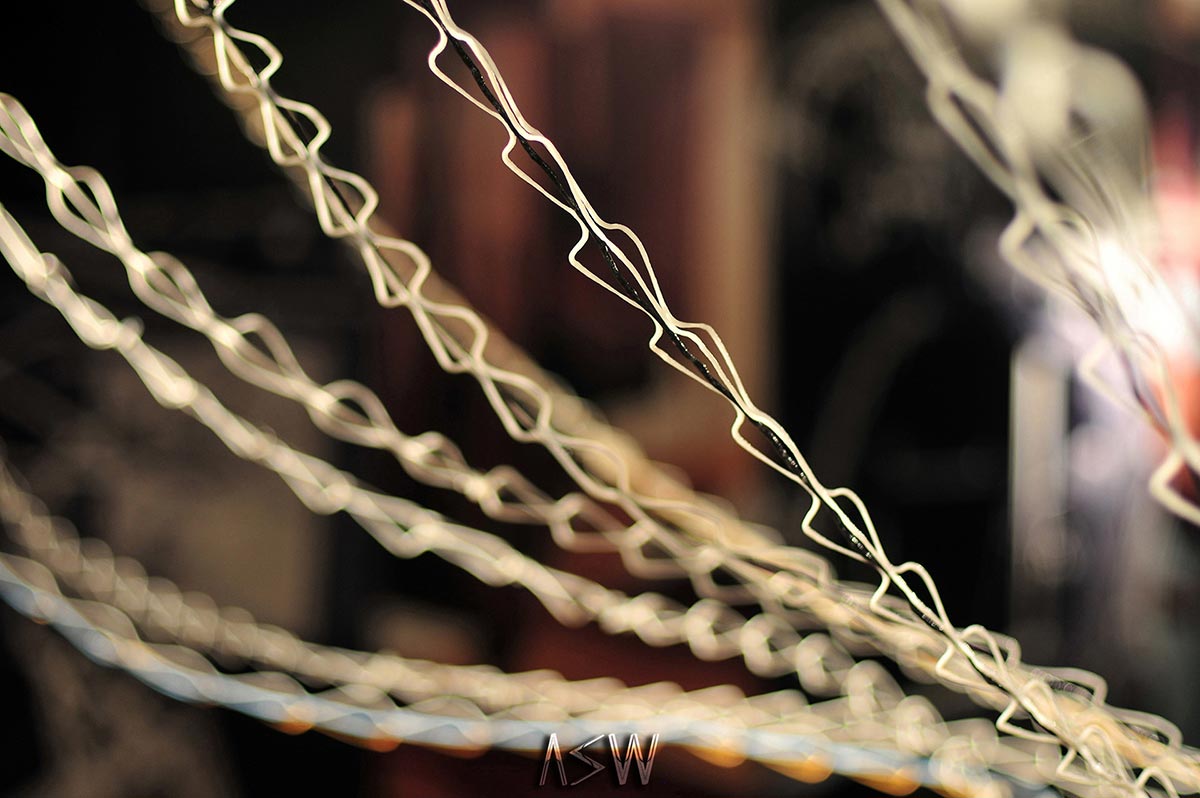
Detail of the 3D printed "silk"
